William Haines - Muses & the Beau Monde
- Lilium
- Feb 15, 2024
- 6 min read
Updated: Apr 25, 2024

Charles William Haines, born 2 January 1900, was an American actor and interior designer.
Haines was born in Staunton, Virginia, the third child of George Adam Haines, a cigar maker, and Laura Virginia Haines (née Matthews). He had four younger siblings: Lillian, Ann, George, Jr. and Henry. He was baptised at the Trinity Episcopal Church in Staunton at the age of eight, where he later sang in the choir. He became fascinated with stage performance and motion pictures at an early age, spending hours watching early silent films in local theatres.
Haines ran away from home at the age of 14, accompanied by an unidentified young man whom Haines referred to as his boyfriend. The pair went first to Richmond and then to Hopewell, which had a reputation for "immorality". They both got jobs working at the local DuPont factory, producing nitrocellulose for $50 a week. To supplement their income, they opened a dance hall. Haines' parents, frantic over his disappearance, tracked him through the police to Hopewell. Haines did not return home with them, remaining instead in Hopewell and sending money back home to help support the family. The couple remained in Hopewell until most of the town was destroyed by fire in 1915. Haines moved to New York City. Whether his boyfriend accompanied him is unclear.

Following the bankruptcy of the family business and the mental breakdown of his father George Sr., the family moved to Richmond in 1916. Haines moved there in 1917 to help support them. With his father recovered and employed, Haines returned to New York City in 1919, settling into the burgeoning gay community of Greenwich Village. He worked a variety of jobs and was for a time the kept man of an older woman before becoming a model. Talent scout Bijou Fernandez discovered Haines as part of the Goldwyn Pictures' "New Faces of 1922" contest, and the studio signed him to a $40-a-week contract ($700 in 2022 terms). He traveled to Hollywood with fellow contest winner Eleanor Boardman in March of that year.
Haines' career began slowly, as he appeared in extra and bit parts, mostly uncredited. His first significant role was in Three Wise Fools (1923). He attracted positive critical attention and the studio began building him up as a new star. However, he continued to play small, unimportant parts at Goldwyn. When his home studio lent him to Fox in 1923 for The Desert Outlaw, he got the opportunity to play a significant role. In 1924, MGM lent Haines to Columbia Pictures for a five-picture deal. The first of these, The Midnight Express (1924), received excellent reviews, and Columbia offered to buy his contract. The offer was refused and Haines continued in bit roles for Goldwyn. Haines scored his first big personal success with Brown of Harvard (1926) opposite Jack Pickford and Mary Brian. It was in Brown of Harvard that he crystallised his screen image, a young arrogant man who is humbled by the last reel. He returned repeatedly to that formula for the next several years.

On a trip to New York in 1926, Haines met James "Jimmie" Shields. Haines convinced Shields to move to Los Angeles, promising to get him work as an extra. The pair soon began living together and viewed themselves as a committed couple, though newspapers did not mention their relationship.
Haines found box-office success with Little Annie Rooney (1925), costarring Mary Pickford, and Show People (1928), costarring Marion Davies. He was a top-five box-office star from 1928 to 1932. He made a successful transition into "talkies" in the part-talking film Alias Jimmy Valentine (1928). He was forced to take elocution lessons for the film; he compared the coming of sound to "the discovery of clap in a nunnery." His first all-talking film, Navy Blues, was released the following year. He starred in Way Out West in 1930. The 1930 Quigley Poll, a survey of film exhibitors, listed Haines as the top box-office attraction in the country.
In 1933, Haines was arrested in a YMCA with a sailor he had picked up in Los Angeles' Pershing Square. Louis B. Mayer, the studio head at MGM, delivered an ultimatum to Haines: choose between a sham lavender marriage, his relationship with Shields or his relationship with the sailor. Haines chose Shields and they remained together in a private relationship for 47 years. Mayer then fired Haines and terminated his contract. He made a few minor films at Poverty Row studios and soon retired from acting. His final films were made in 1934 with Mascot Pictures, Young and Beautiful and The Marines Are Coming.
Haines continued to receive offers for film roles. During production of Sunset Boulevard (1950), he was offered a cameo role in the film, which he declined. He later said, "It's a rather pleasant feeling of being away from pictures and being part of them because all my friends are. I can see the nice side of them without seeing the ugly side of the studios."
Haines and Shields began a successful dual career as interior designers and antique dealers. Among their early clients were friends such as Joan Crawford, Gloria Swanson, Carole Lombard, Marion Davies, and George Cukor. When Jack L. Warner remodelled his estate in 1937, he hired Haines as interior decorator. He also designed an office for Frank Sinatra and the Macambo nightclub. The couple finally settled in the Hollywood community of Brentwood and their business prospered until their retirement in the early 1970s, except for a brief interruption when Haines served in World War II.
Known for his impeccable taste in interior design and love for vintage pieces, Haines worked closely with his friend Joan Crawford — whom he teased calling her Cranberry — to renovate her Brentwood home. His unconventional choice of an all-white decor for her living room caused a sensation and helped launch his interior design career, working for Carole Lombard next. Later in 1956, he would decorate Crawford’s newly renovated two-floor apartment purchased with her new husband, Alfred Steele.
On 26 December 1973, Haines died from lung cancer in Santa Monica, California, at the age of 73. Soon afterward, on 6 March 1974, Shields took an overdose of sleeping pills. His suicide note read in part, "Goodbye to all of you who have tried so hard to comfort me in my loss of William Haines, whom I have been with since 1926. I now find it impossible to go it alone, I am much too lonely." They are interred side by side in Woodlawn Memorial Cemetery in Santa Monica. Joan Crawford had described them as "the happiest married couple in Hollywood."

For his contribution to the motion-picture industry, William Haines has a star on the Hollywood Walk of Fame located at 7012 Hollywood Boulevard. William Haines Designs remains in operation, with main offices in West Hollywood and an additional showroom in New York.
In September 2023, Sunnylands Center & Gardens featured an exhibition titled "Variations to a Theme" dedicated to William Haines.
Haines' story is told in the 1998 biography Wisecracker: The Life and Times of William Haines, Hollywood's First Openly Gay Star by William J. Mann. His designs are the subject of Peter Schifando and Haines associate Jean H. Mathison's 2005 book Class Act: William Haines Legendary Hollywood Decorator. World of Wonder produced Out of the Closet, Off the Screen: The Life of William Haines, which aired on American Movie Classics in 2001.
In October 2015, Karina Longworth chronicled Haines in the episode William Haines and Hollywood's First Openly Gay Marriage, which she included in her 15-part series of MGM stories for her podcast You Must Remember This. Haines was voiced by actor Will Wheaton.

Playwright Claudio Macor created the biographical drama The Tailor-Made Man in the mid-1990s in London, telling the story of Haines' discovery in a talent contest, his movie career, its curtailment by Louis B. Mayer, and Haines' re-invention as an interior designer. The play tells the story of his 50-year relationship with Jimmie Shields. The play premiered at London's tiny Hen and Chickens theatre and quickly transferred to Battersea Arts Centre. Over the years the play has been produced at London's Cockpit Theatre, off-Broadway in New York, San Diego's Diversionary Theatre in California in 1995. It was revived in a successful anniversary production in 2017 at London's White Bear Theatre, directed by Bryan Hodgson. In 2013 a musical adaptation of The Tailor-Made Man opened at London's Arts Theatre in the West End with pop star Faye Tozer (Steps) as Marion Davies and Mike McShane as Mayer.
In 1994, The Tailor-Made Man was chosen for a workshop TV production for Thames Television Masterpiece Pilot Showcase, directed by Golden Rose of Montreux winner Chris Bould. Bould returned to direct the UK radio adaptation of the play starring Judd Hirsch as Mayer. In 2017, to tie-in with the anniversary production, the definitive playscript was published by theatrical publisher Oberon Books.
Reading Recommendations & Content Considerations
The Life & Times of William Haines William Haines





















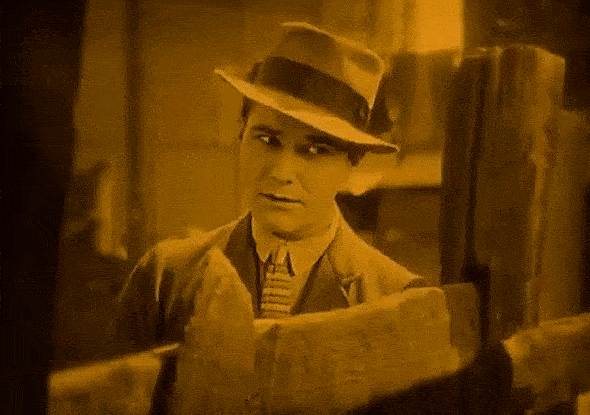








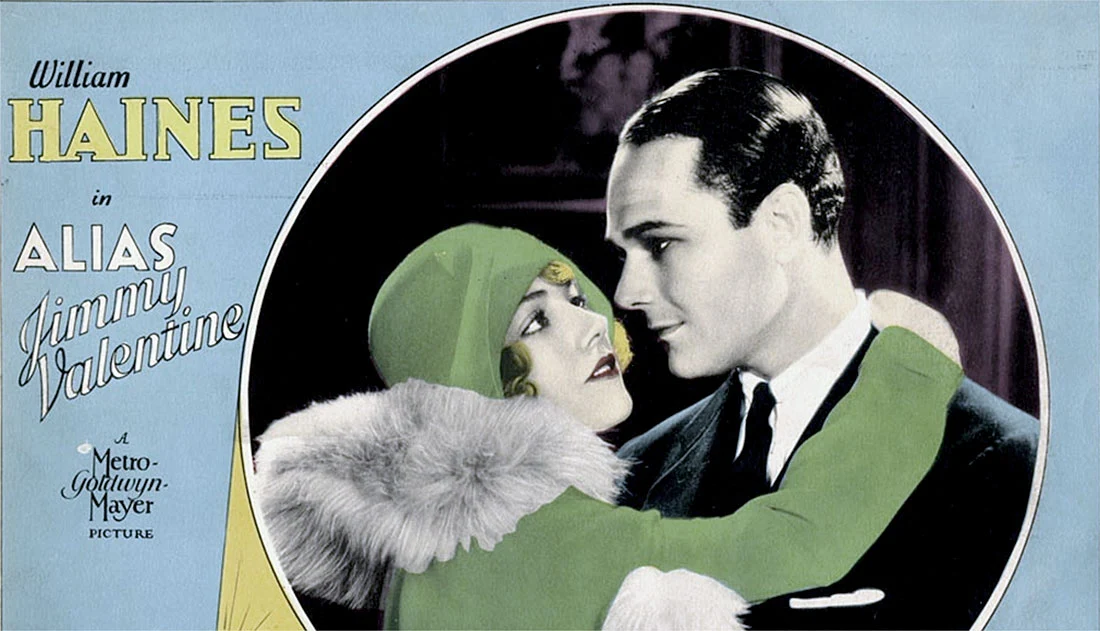












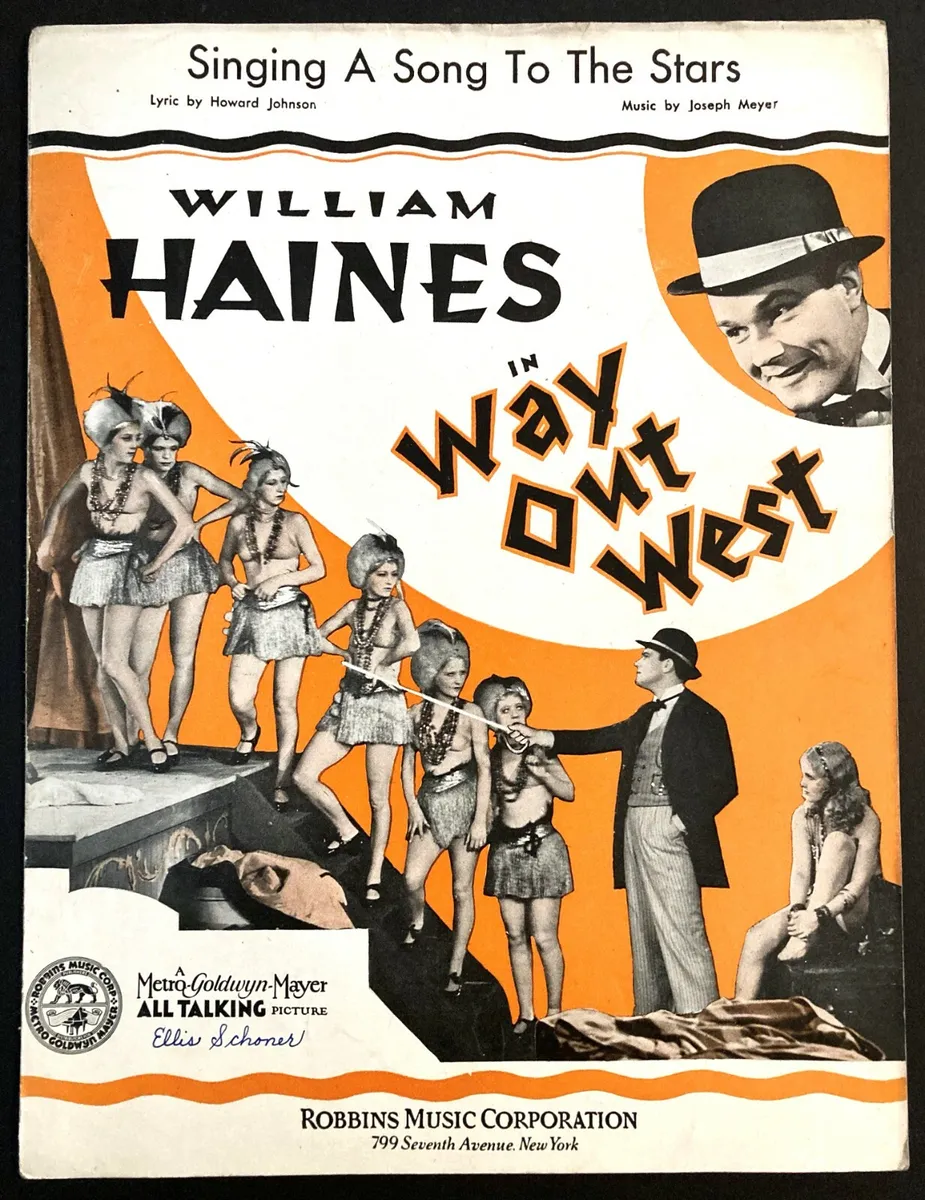




















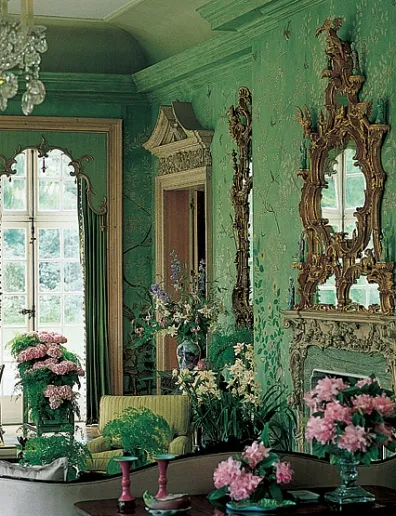






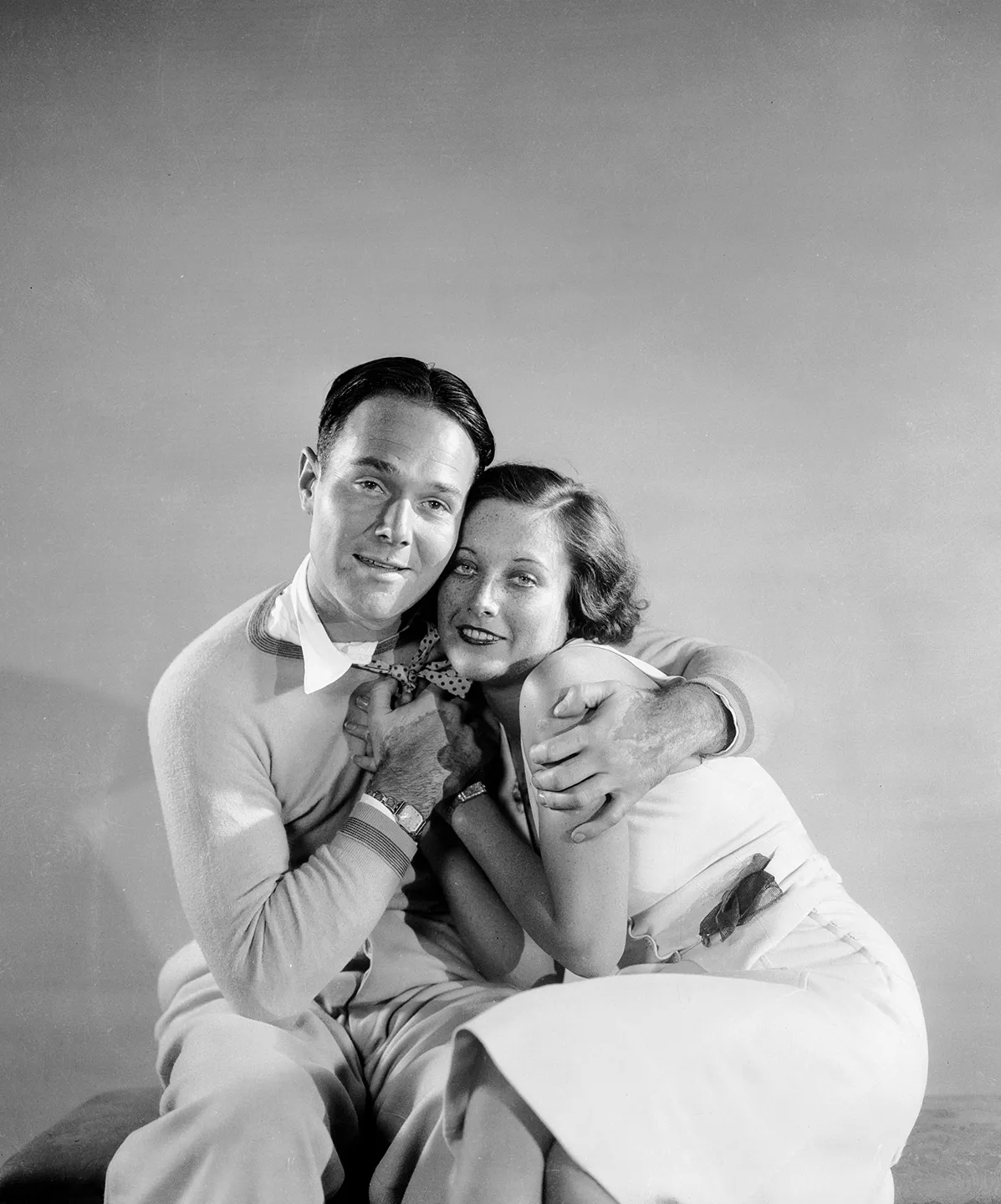
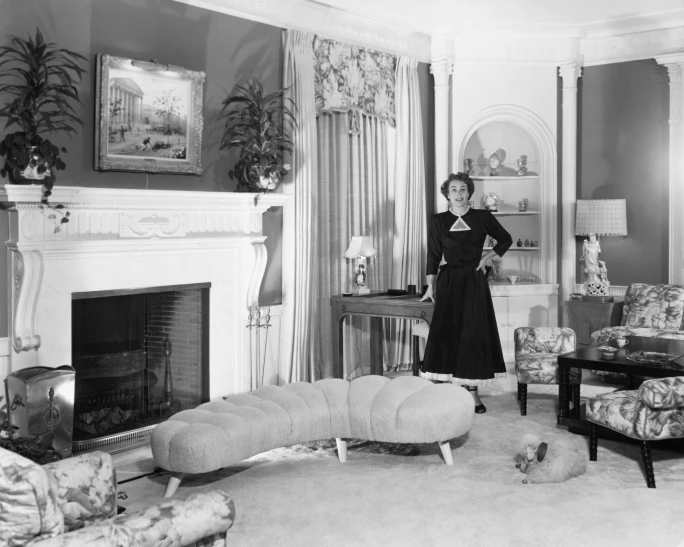





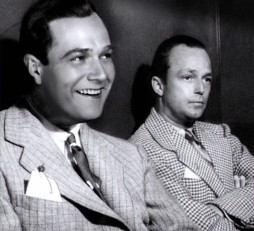




















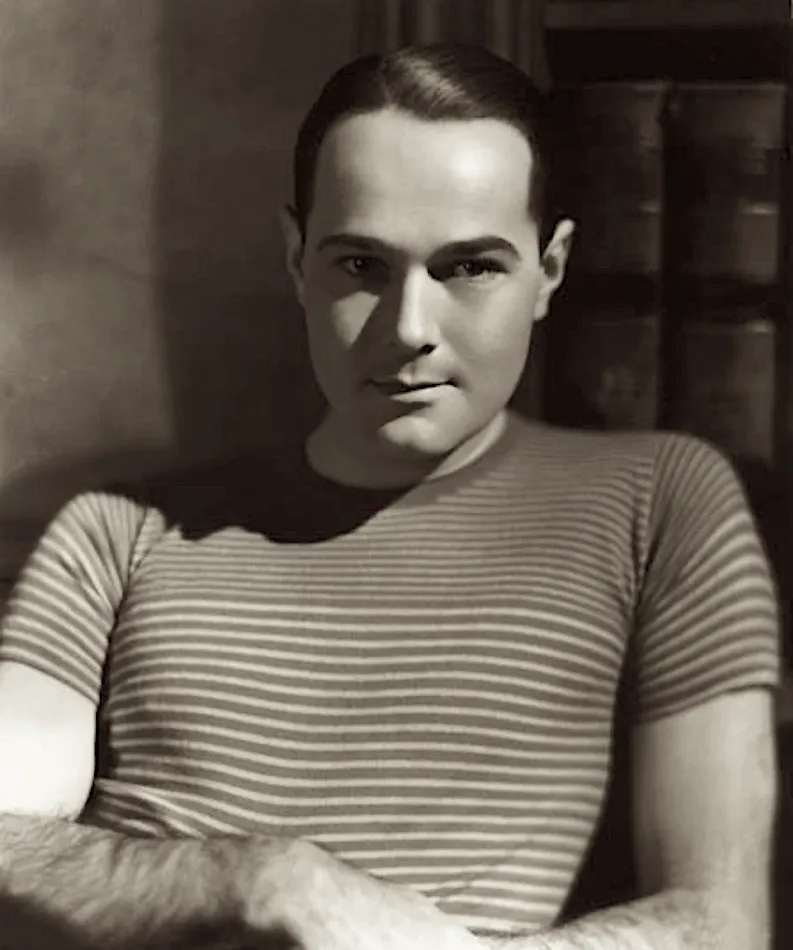










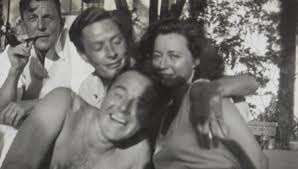





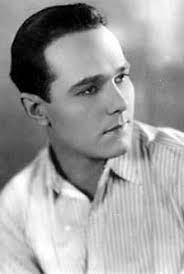
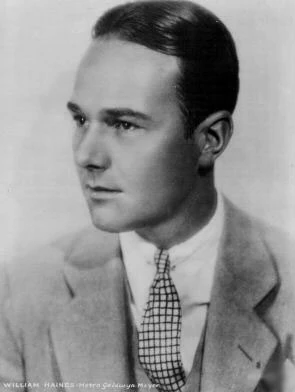


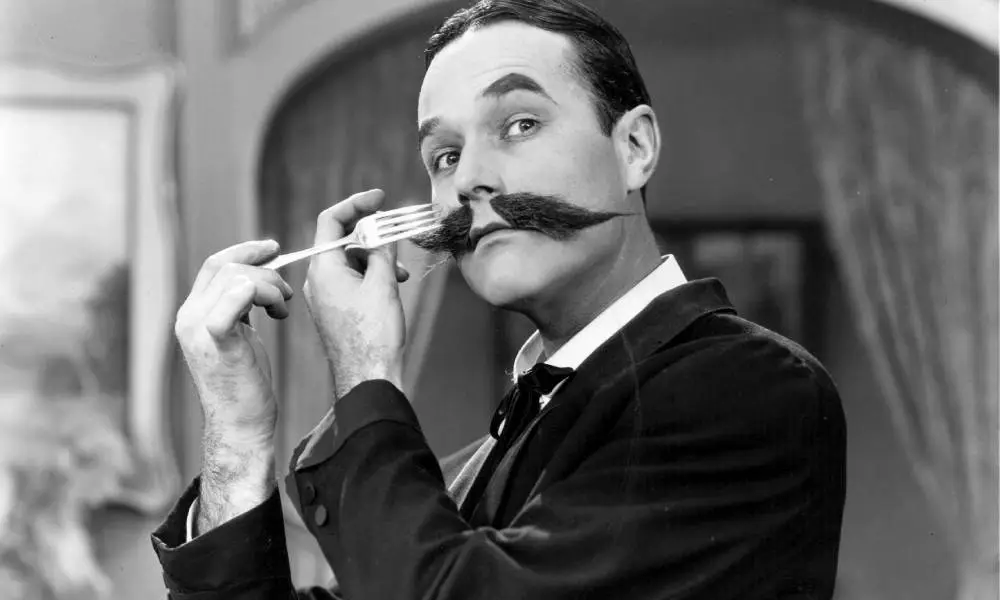
















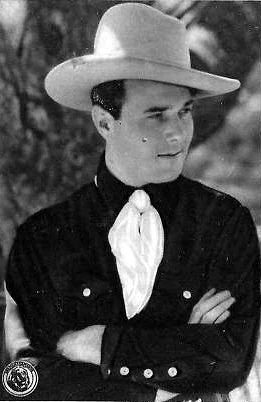


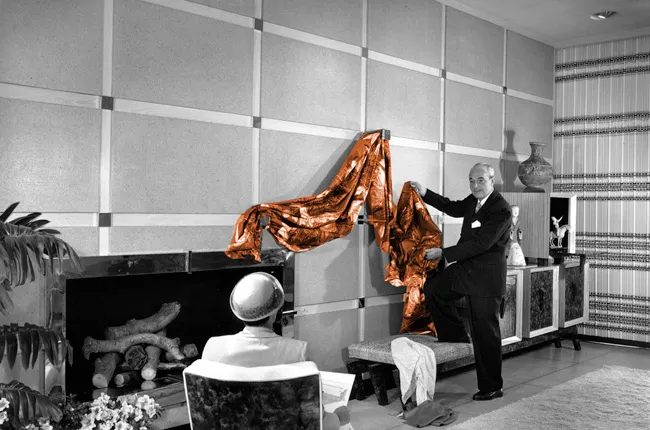


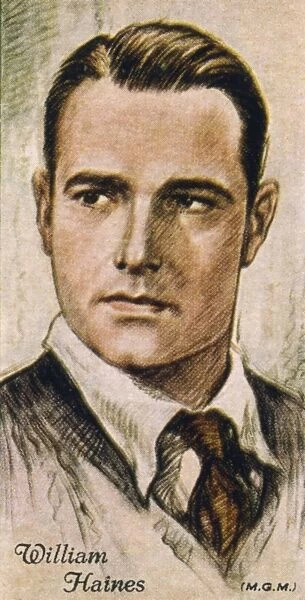
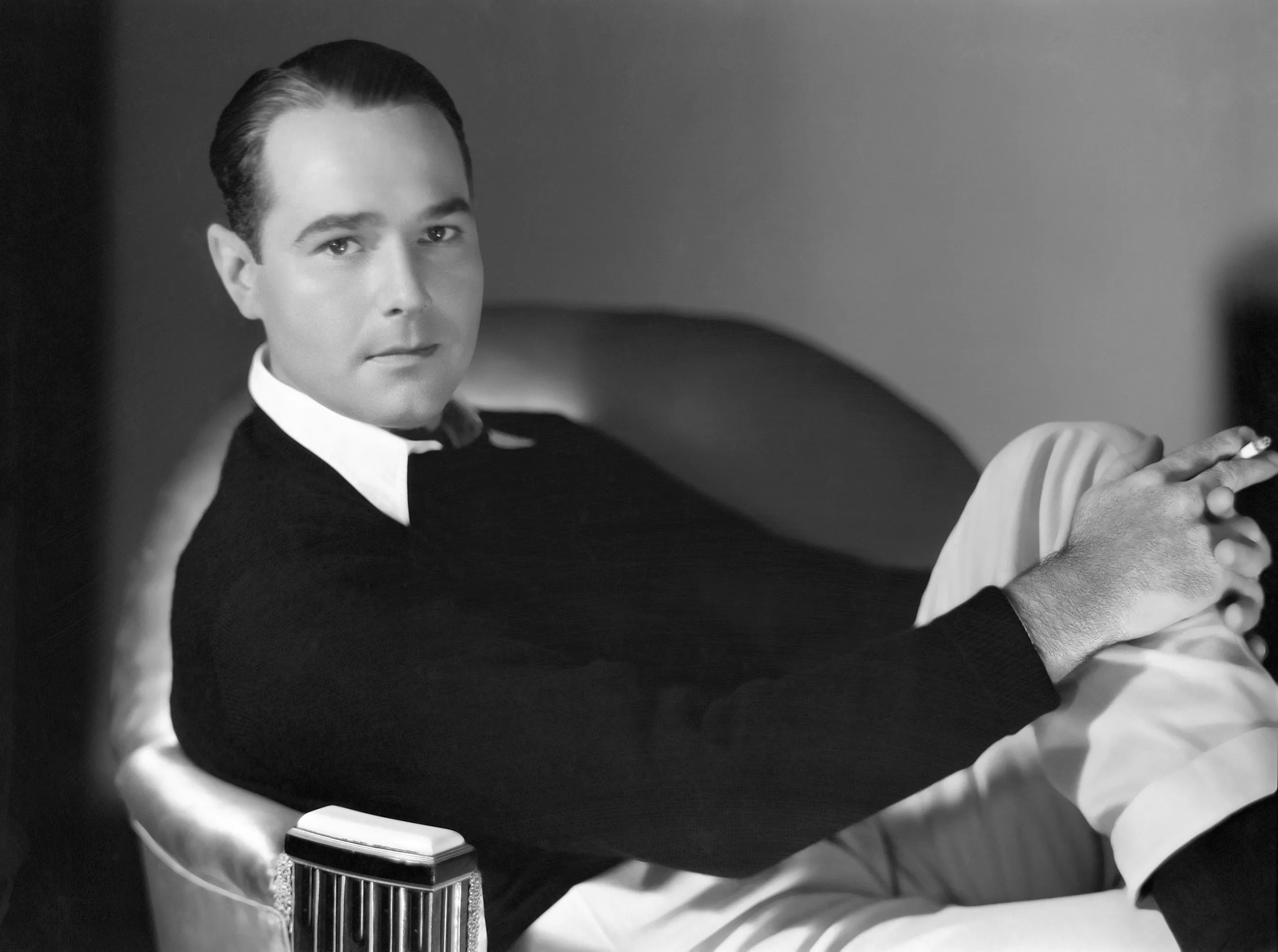



Comments